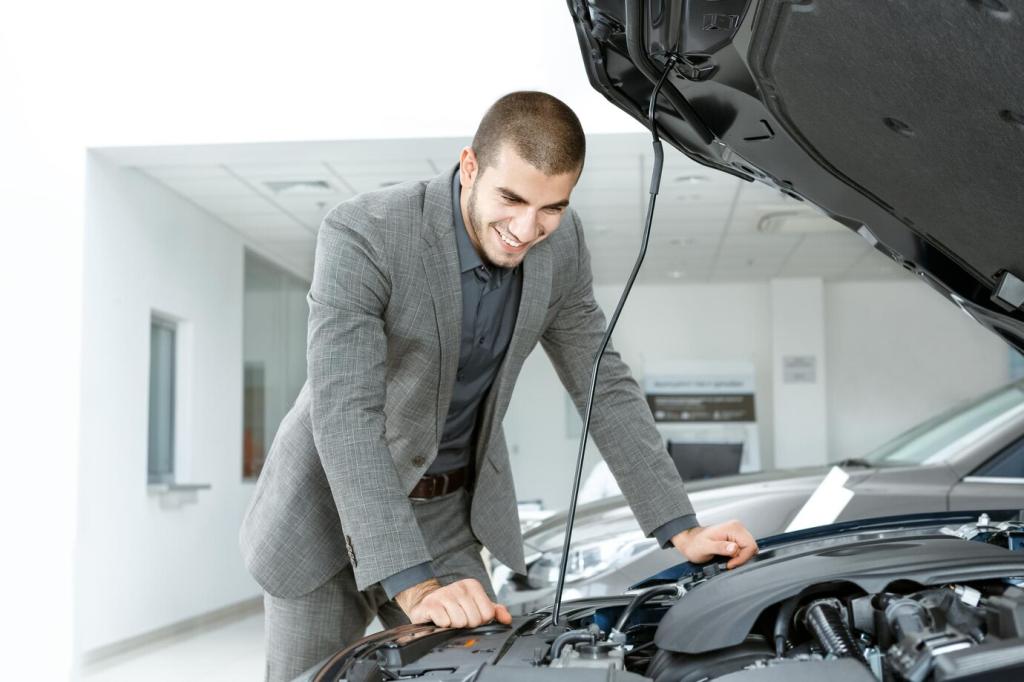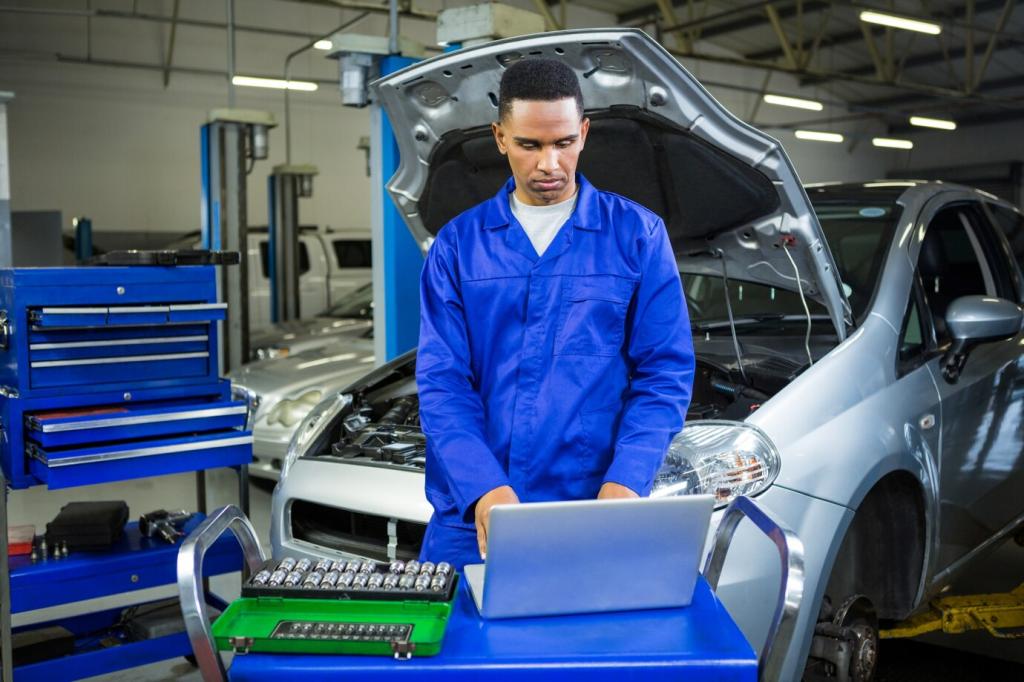Seasonal Strategies: Weather-Proof Your Ride
Switch to winter tires where temperatures stay cold, top up freeze-resistant washer fluid, and test the battery. Keep a small emergency kit with gloves and a flashlight. Cold-weather readiness means confident commutes on frosty mornings.
Seasonal Strategies: Weather-Proof Your Ride
Heat punishes cooling systems and cabins. Inspect coolant strength, radiator fins, and cabin air filters. Carry extra water, park in shade when possible, and watch tire pressure rises as pavements heat to oven-like temperatures.
Seasonal Strategies: Weather-Proof Your Ride
Replace wiper blades yearly and clean the windshield inside and out to prevent glare. Use defoggers early, not late. Slow down in standing water; gentle inputs maintain traction far better than sudden braking or steering.













